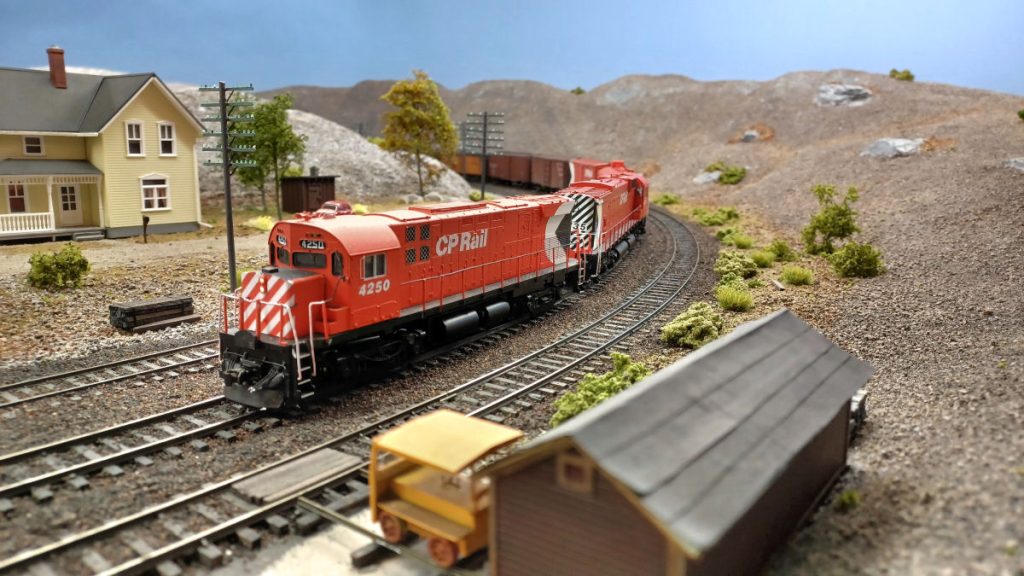Block and Interlocking Signals
The following signals will appear where conditions require their use. These illustrations give standard indications. Other indications will be shown in special instructions. Lights may be to either side of signal mast, and number plates may be provided for the purpose of identifying location.
| Rule |
|
Name |
Indication |
| 281 |
 |
Clear Signal |
Proceed. |
| 282 |
 |
Approach Medium Signal |
Proceed, approaching next signal at medium speed. |
| 282A |
 |
Approach Limited Signal |
Proceed, approaching next signal at limited speed. |
| 283 |
 |
Medium Clear Signal |
Proceed, medium speed within interlocking limits or through turnouts. |
| 283A |
 |
Limited Clear Signal |
Proceed, limited speed within interlocking limits or through turnouts. |
| 284 |
 |
Approach Slow Signal |
Proceed, approaching next signal at slow speed. Trains exceeding medium speed must at once reduce to that speed. |
| 285 |
 |
Approach Signal |
Proceed, preparing to stop at next signal. Trains exceeding medium speed must at once reduce to that speed. Reduction to medium speed must commence before passing signal. |
| 286 |
 |
Medium Approach Signal |
Proceed at medium speed preparing to stop at next signal. |
| 286A |
 |
Limited Approach Signal |
Proceed at limited speed preparing to stop at next signal. |
| 287 |
 |
Slow Clear Signal |
Proceed, slow speed through interlocking limits or through turnouts. |
| 288 |
 |
Slow Approach Signal |
Proceed, preparing to stop at next signal. Slow speed through interlocking limits or through turnouts, medium speed must then not be exceeded until a more favourable indication has been accepted. |
| 290 |
 |
Restricting Signal |
Proceed at restricted speed. |
| 291 |
 |
Stop and Proceed Signal |
Stop, then proceed at restricted speed. |
| 291A |
 |
Grade Signal |
Trains handling fifty percent or more of ruling grade tonnage approaching a grade signal indicating “Stop, then proceed at restricted speed” may pass it without stopping and proceed at restricted speed. |
| 291B |
 |
Station Protection Signal |
Stop, then proceed at restricted speed and preceeded by a flagman when necessary to ensure full protection. |
| 292 |
 |
Stop Signal |
Stop |
| 293 |
 |
Take (or leave) siding signal |
Be governed by signal indication. Take (or leave) siding when “S” lighted or light flashing. |



















